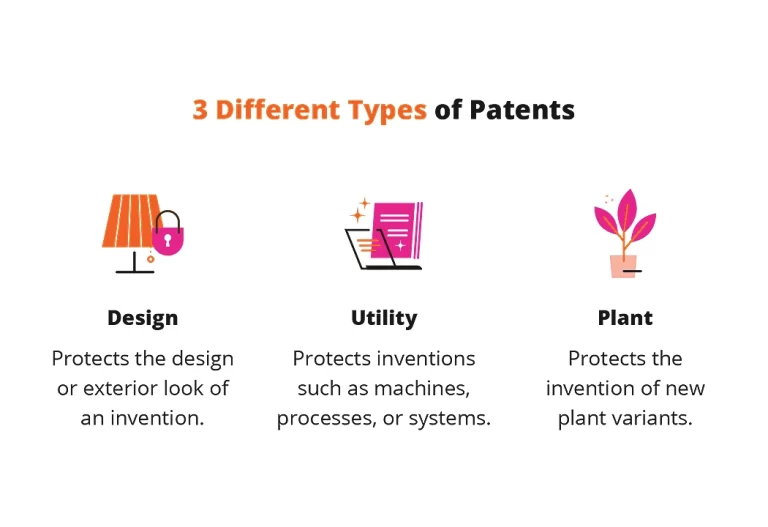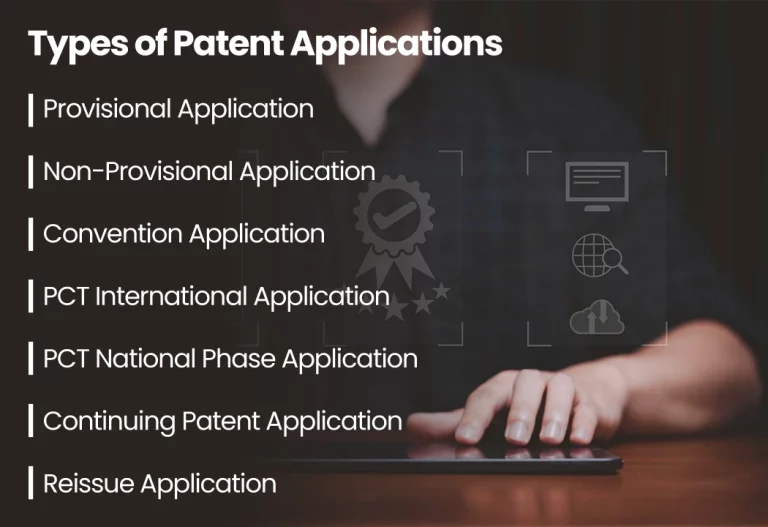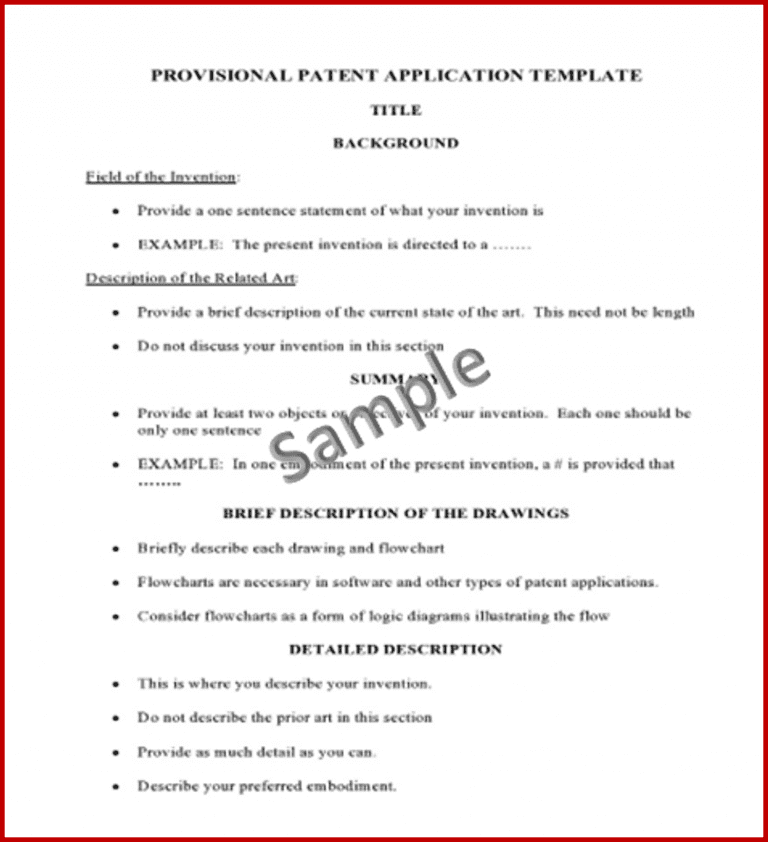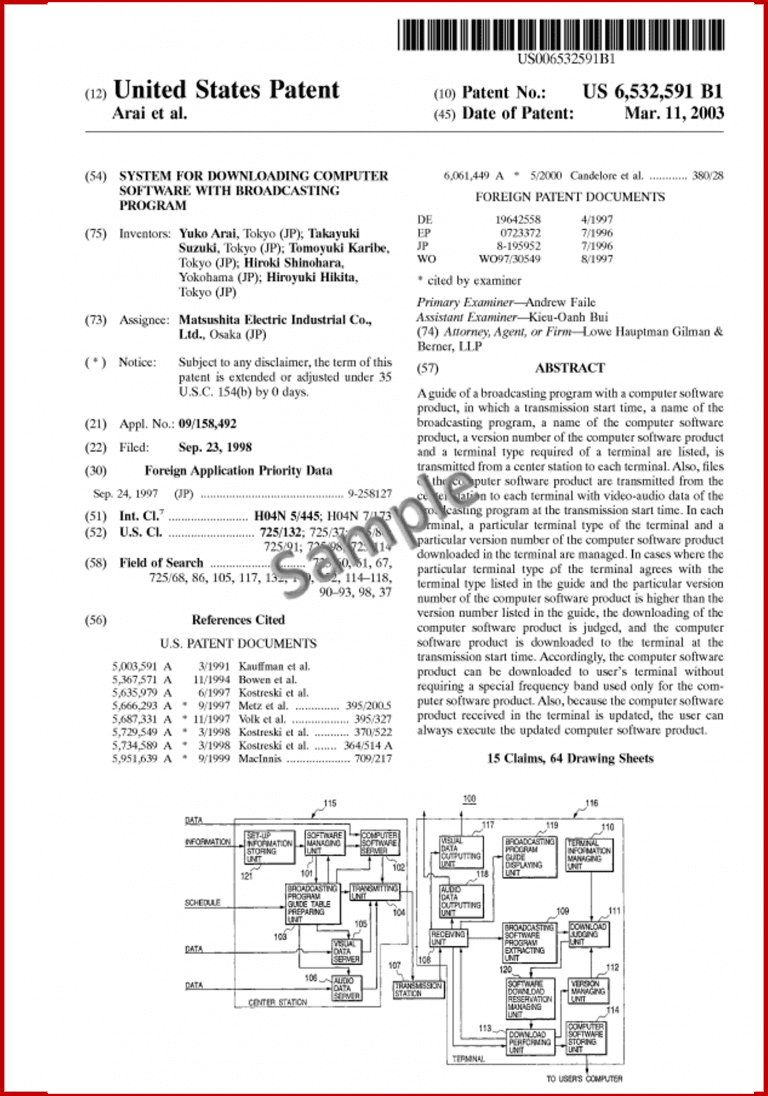What is the Cost of Utility Patent?
The cost of utility invention/patent is split into three key categories: (1) patent preparation and filing cost, (2) prosecution cost to get the patent granted, and (3) post-allowance fees and patent maintenance fees paid after the patent is allowed/granted, this sums up the average cost for a utility patent to $5000 – $50000.
What is the Cost of Preparing and Filing a Utility Patent?
There are two ways to file a utility patent i.e., by either directly filing a complete non-provisional application in the patent office or first filing a provisional application and within a 1-year window, submitting a further non-provisional application.
Based on the type of patent application, the cost of writing and filing utility patents in both cases will fluctuate.
The provisional patent application cost lies between $75 to $15000 & non-provisional application cost lies between $455 to $20000, and further if the inventor wants to upgrade from provisional to non-provisional application, the cost will entirely depend upon the quantity of data you included in the provisional patent application and further want to add into the non-provisional application.
Each of the above patent preparation & filing cost is further divided into below sub-categories:
1. Patent Attorney Expenses
For preparing/drafting and filing a patent, the patent attorney would calculate the related cost based on the below-mentioned parameters:
- Type and complexity of the invention, where the software inventions cost on a higher side.
- Time spends by the attorney to understand the invention clearly and also to broadly draft a patent as desired by the inventor,
- Experience of the patent attorney
The compiled cost for the patent attorney would be more than $10,000 and this attorney fee can be ignored, if you yourself want to draft the patent, however, the inventor should focus on the quality and legal parameters of the invention during this time.
2. Skilled illustration cost, with typical varies between $50 to $125 per sheet.
3. USPTO Patent Filing Fee
The major parameters upon which the utility idea/patent filing fee depends are the length of the application, which is related to the number of pages, the number of claims (independent as well as dependent), and the type of entity (small or micro) that sought to apply for the patent.
The utility patent can either is filled electronically through EFS-Web or non-electronically by visiting the patent office and paying an additional $400 as non-electronic filing fees. Further, the filing fee is divided into the below categories and summarized well on USPTO
- Provisional utility application fee, which lies between $75 to $300
- Basic filing fees for non-provisional utility application, lies between $75 to $320
- Fee for each independent claim beyond 3, which is $120 to $480
- Fee for each claim above the total of 20 claims (dependent and independent), which is $25 to $100
- Search fee, which lies between $150 to $700
- Examination fees, which lies between $200 to $800
What is the Prosecution Cost of a Utility Patent?
An examiner is assigned by USPTO, whenever a new application is filed, to search for the invention claims.
The prosecution price is highly impulsive and depends upon factors such as the quantity of rejection and office action responses during the examination, if the examiner interview is required etc., and per court hearing charges as asked by your patent attorney, which can reach an average of $10000 based on the different scenario.
What is the Post-Allowance Fee & Maintenance Cost of a Utility Patent?
After, the communication of notice of allowance, utility issue fees should be submitted i.e., $300 to $1200 dependent upon the type of entity that applied for the patent.
Further, to keep for patent alive through the lifespan of a utility patent which is 20 years from the earliest filing date, the maintenance fee is paid after specified period, and this amount is also dependent upon the type of entity that applied for the patent. Below is the maintenance fee schedule:
- After, 3.5 years, the maintenance fee paid is $500 to $2000
- After 7.5 years, the maintenance fee paid is $940 to $3760
- After 11.5 years, the maintenance fee paid is $1925 to $7700
Also, an additional surcharge of $125 to $500 must be paid, if a case of late payment of maintenance fee within 6 months arises, and to maintain the patent, a petition for delayed payment has to be filled with an additional cost of $525 to $2100.










